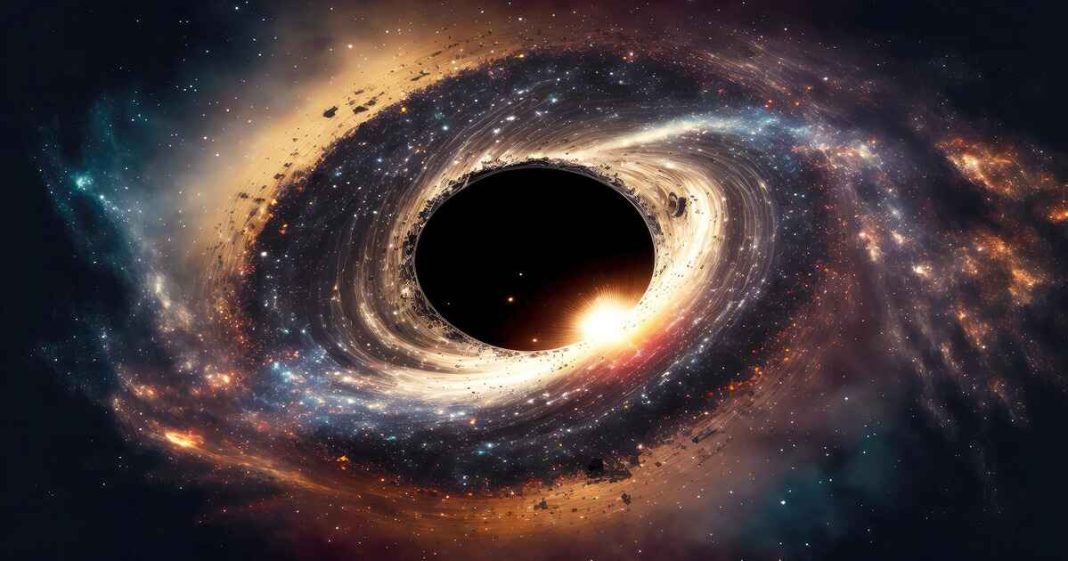A recent discovery has revealed the existence of two gravitationally-bound quasars generating a massive amount of brightness inside two merging galaxies. These quasars existed when the universe was merely three billion years old, and their discovery is considered exciting because double quasars are not frequently observed at such an early time in the universe. This is a relatively new area of research, and modern astronomical observatories have enabled scientists to discover areas where quasars are active.
Quasars and their role in the Universe
Quasars are objects that emit a large number of energies as they absorb gas, dust, and anything within their gravitational area. They are powered by supermassive black holes, and during the merger of two galaxies, pairs of supermassive black holes are formed within them.
The findings were published in the journal Nature, and the lead author of the study, Yu-Ching Chen, noted that “Knowing about the progenitor population of black holes will eventually tell us about the emergence of supermassive black holes in the early universe, and how frequent those mergers could be.” Chen is a graduate student at the University of Illinois at Urbana-Champaign.
Read More: NASA returning to the Moon with mega rocket launch
Xin Liu, also from the University of Illinois at Urbana-Champaign, added that “We’re starting to unveil this tip of the iceberg of the early binary quasar population. This is the uniqueness of this study. It is actually telling us that this population exists, and now we have a method to identify double quasars that are separated by less than the size of a single galaxy.”
The discovery
The Hubble Space Telescope played a crucial role in this discovery by providing images that allowed scientists to rule out other possibilities for what they were seeing. The telescope’s sensitivity and resolution also made it possible to clearly show the pair of supermassive black holes and two quasars.
Nasa noted that there is considerable evidence that smaller parts come together and form huge systems and large structures. Similarly, galaxies are also made up of such mergers. Over the intervening 10 billion years, the host galaxies of these two quasars have likely settled into a giant elliptical galaxy, like the ones seen in the local universe today. The nearby giant elliptical galaxy, M87, has a monstrous black hole weighing 6.5 billion times the mass of our Sun, which was likely grown from one or more galaxy mergers over the past billions of years.
Formation of galaxies and black holes
The discovery of two gravitationally-bound quasars inside merging galaxies provides further evidence of the role of mergers in the formation of supermassive black holes and galaxies, offering valuable insights for understanding the evolution of the universe. This discovery can help scientists better understand the emergence of supermassive black holes and the frequency of mergers, shedding light on the larger structures of the universe.
Read More: NASA releases striking images of unseen corners of universe
What’s next?
The discovery of two gravitationally-bound quasars in merging galaxies has important implications for future astronomical research, providing a unique opportunity to study the early binary quasar population and identify double quasars. Observations of supermassive black holes formed during galaxy mergers could help determine the frequency and patterns of black hole mergers, leading to new avenues of research for astronomers and contributing to our understanding of the formation of galaxies and black holes in the early universe.
The study of double quasars is a relatively new area of research, and this discovery has provided scientists with a method to identify double quasars that are separated by less than the size of a single galaxy. This will eventually help them understand the emergence of supermassive black holes in the early universe and how frequent those mergers could be. Not only that but the discovery has opened doors to exciting new possibilities.














